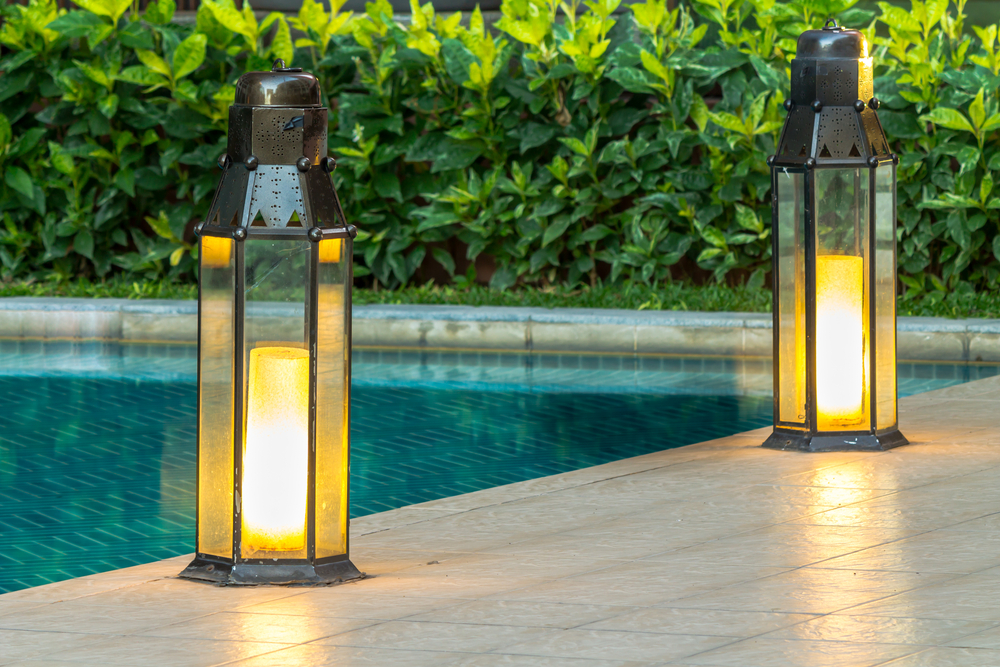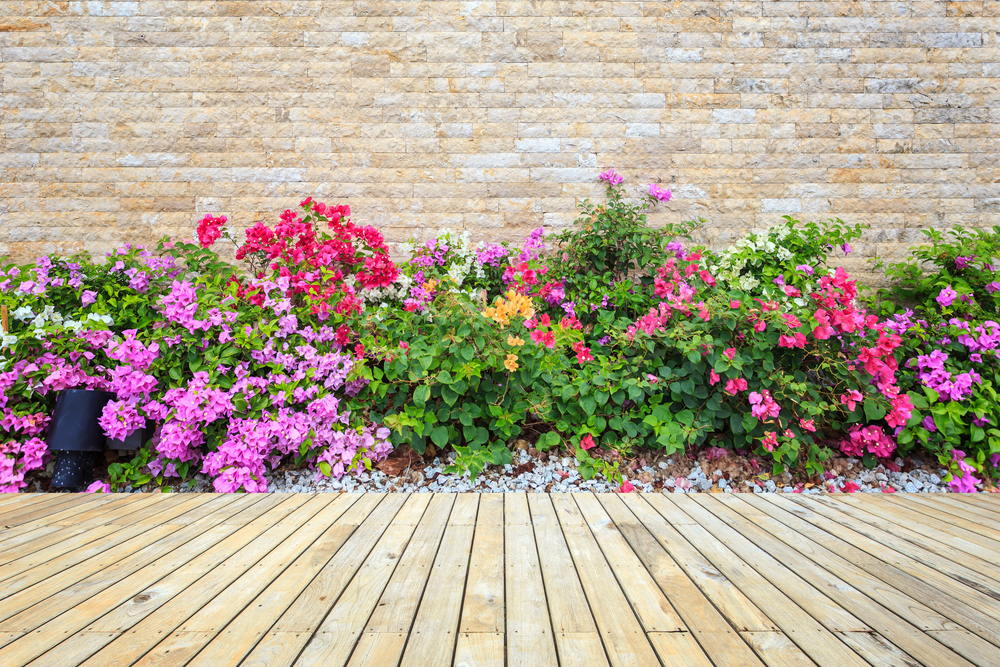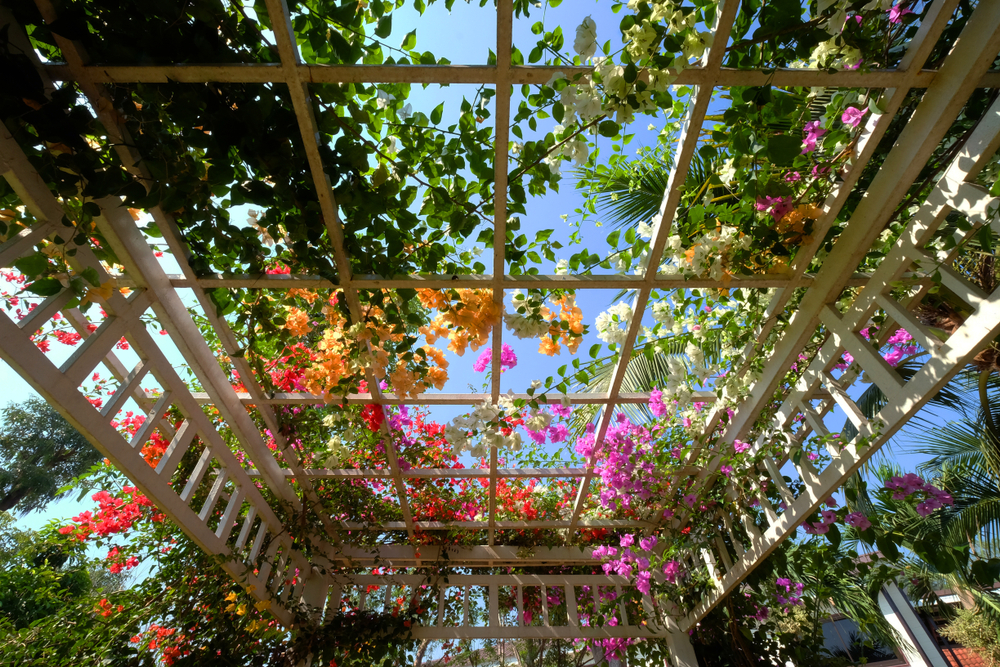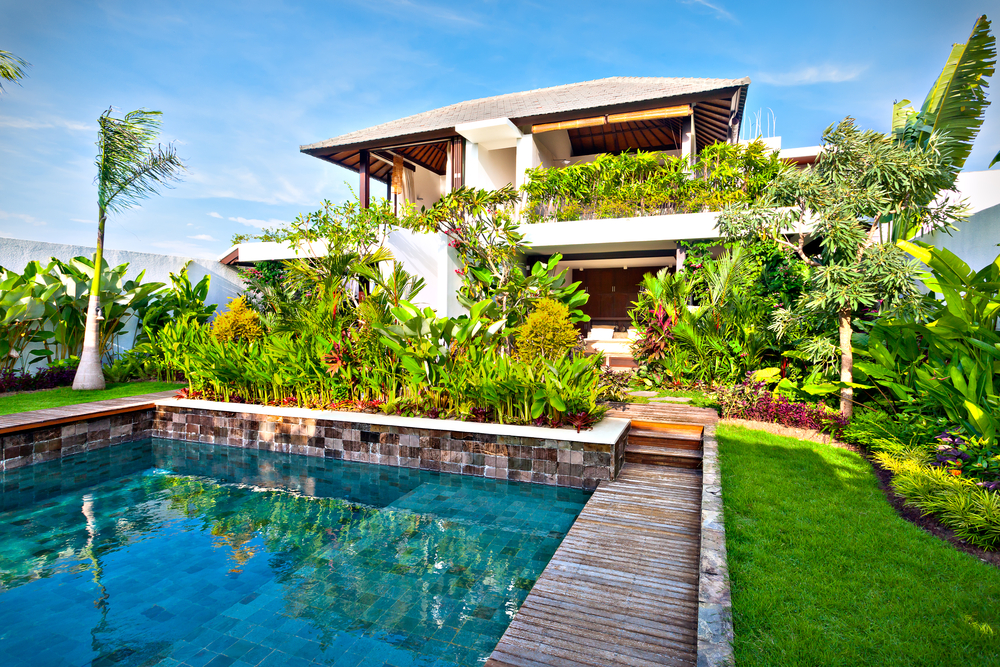All about Gardens with DecorTips

If you’re thinking about decorating your garden and aren’t quite sure where to begin, we recommend reading our suggestions before getting to work. If you want a beautiful garden space, you’ll need to consider certain aspects such as lighting, sun and shadow as well as plant placement.
Effective lighting
Lighting is a fundamental part of garden decor. Bringing enough light into your garden successfully will make it look perfect 24/7. You can find an endless selection of garden lamps and lights in stores. There are festive, showpiece lamps or others that are just the opposite. Some lights are made to look like rocks or like a patch of grass.
By installing lights in the ground, we can create pathways that light up our garden. Try lighting a vertical garden to make it a centerpiece, or use a strong outdoor light to spotlight your pergola.
Regardless of whichever idea that you chose, you should make sure to use energy-saving light bulbs. Though they tend to be pricier, their long product life makes them completely worth it. What’s more is that they consume less energy than traditional light bulbs, which will be a difference that you’ll notice in your bills.

Plant placement in garden decor
Plants can’t just live anywhere in your garden. An area that receives too much sunlight could be fatal for some plants. In the same way, planting them in an area with too little sunlight could hinder their growth.
Organize your plants in your garden according to their shade and sunlight needs.
So, you need to choose the right plants for each area in your garden. Below, are a couple of plant lists depending on their sunlight needs:
- Plants for shady areas: hydrangeas, begonias, azaleas, frankincense trees, camelias and sultanas.
- Plants for sunny areas: geraniums, aromatic herbs and bougainvilleas.

Creating shady zones
In order to protect ourselves from the sun, we need to make sure that our garden has shady areas. An ideal garden will have both sunny and shady zones. If your garden boasts both shade and sun, you’ll be able to make the most of your garden space. Sunny zones are perfect for pools or relaxing in a hammock. On the other hand, the shade makes a wonderful spot for tables and dining areas, or for a children’s play area.
There are several ways through which you can create a shady area in your garden. We’ll explain just how to do it below:
- Plants. A big tree with long branches can create a large, shady area that’s large enough for a garden dining area. It’ll also make your garden seem greener and bring you closer to nature.
- Canopy or shade. One of the simplest ways to create a shady area is by using a canopy. You can fix it to the closest wall nearby and lower or raise it as you need. You can find them in all sizes and they’re quite economic.
- Pergolas. Pergolas look perfect in larger gardens as they create a special ambiance in addition to an intimate space. You can find pergolas of all materials and kinds. Some even have extra material tucked away in their corners that allow you to convert it into an extra room in the garden. If you’re a plant-lover, we recommend a wooden pergola where you can plant ivy on all four of its posts. As time goes by, the ivy will crawl upwards towards the top of the pergola, creating a natural shaded space.

Safety perimeters for gardens with pools
If you have a pool in your garden, you’ll have to decorate with safety in mind. You need to pay extra attention if you have children at home as well. Pools are a source of summer entertainment and refreshment. However, we mustn’t forget that a pool can present a safety hazard, especially when it’s emptied as there’s no water to soften the blow.
Considering the risks, you shouldn’t place things like hammocks or chairs around your pool. Respect a half-meter safety perimeter around your pool to prevent accidents. If you have children, you should consider fencing your pool. A meter-high fence will any prevent risks. Try using a natural-looking shrub fence for an aesthetic option. You could also try planting ivy to climb over and cover the fence.

If you’re thinking about decorating your garden and aren’t quite sure where to begin, we recommend reading our suggestions before getting to work. If you want a beautiful garden space, you’ll need to consider certain aspects such as lighting, sun and shadow as well as plant placement.
Effective lighting
Lighting is a fundamental part of garden decor. Bringing enough light into your garden successfully will make it look perfect 24/7. You can find an endless selection of garden lamps and lights in stores. There are festive, showpiece lamps or others that are just the opposite. Some lights are made to look like rocks or like a patch of grass.
By installing lights in the ground, we can create pathways that light up our garden. Try lighting a vertical garden to make it a centerpiece, or use a strong outdoor light to spotlight your pergola.
Regardless of whichever idea that you chose, you should make sure to use energy-saving light bulbs. Though they tend to be pricier, their long product life makes them completely worth it. What’s more is that they consume less energy than traditional light bulbs, which will be a difference that you’ll notice in your bills.

Plant placement in garden decor
Plants can’t just live anywhere in your garden. An area that receives too much sunlight could be fatal for some plants. In the same way, planting them in an area with too little sunlight could hinder their growth.
Organize your plants in your garden according to their shade and sunlight needs.
So, you need to choose the right plants for each area in your garden. Below, are a couple of plant lists depending on their sunlight needs:
- Plants for shady areas: hydrangeas, begonias, azaleas, frankincense trees, camelias and sultanas.
- Plants for sunny areas: geraniums, aromatic herbs and bougainvilleas.

Creating shady zones
In order to protect ourselves from the sun, we need to make sure that our garden has shady areas. An ideal garden will have both sunny and shady zones. If your garden boasts both shade and sun, you’ll be able to make the most of your garden space. Sunny zones are perfect for pools or relaxing in a hammock. On the other hand, the shade makes a wonderful spot for tables and dining areas, or for a children’s play area.
There are several ways through which you can create a shady area in your garden. We’ll explain just how to do it below:
- Plants. A big tree with long branches can create a large, shady area that’s large enough for a garden dining area. It’ll also make your garden seem greener and bring you closer to nature.
- Canopy or shade. One of the simplest ways to create a shady area is by using a canopy. You can fix it to the closest wall nearby and lower or raise it as you need. You can find them in all sizes and they’re quite economic.
- Pergolas. Pergolas look perfect in larger gardens as they create a special ambiance in addition to an intimate space. You can find pergolas of all materials and kinds. Some even have extra material tucked away in their corners that allow you to convert it into an extra room in the garden. If you’re a plant-lover, we recommend a wooden pergola where you can plant ivy on all four of its posts. As time goes by, the ivy will crawl upwards towards the top of the pergola, creating a natural shaded space.

Safety perimeters for gardens with pools
If you have a pool in your garden, you’ll have to decorate with safety in mind. You need to pay extra attention if you have children at home as well. Pools are a source of summer entertainment and refreshment. However, we mustn’t forget that a pool can present a safety hazard, especially when it’s emptied as there’s no water to soften the blow.
Considering the risks, you shouldn’t place things like hammocks or chairs around your pool. Respect a half-meter safety perimeter around your pool to prevent accidents. If you have children, you should consider fencing your pool. A meter-high fence will any prevent risks. Try using a natural-looking shrub fence for an aesthetic option. You could also try planting ivy to climb over and cover the fence.








